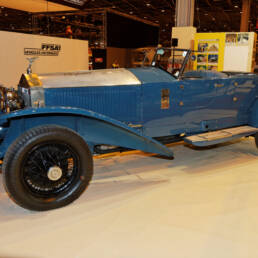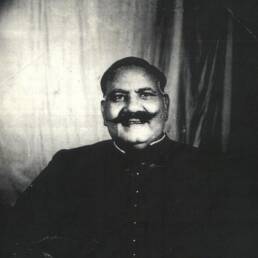The South Indian city of Puducherry was once a French colony. Although the French are now gone, they’ve left some amazing cultural impressions on the city. Many of them are still visible to the naked eye, including the Kepi.
When you visit Pondicherry on the South coast, you might come across police personnel wearing bright Red hats. These hats are a legacy of the city’s erstwhile French rulers and, like many of the city’s colonial edifices, they stand as a reminder of a bygone era.
The headgear is called the Kepi and, according to Author Michael J. McAfee, is a forage cap or more exactly a fatigue cap that started showing up in the French campaigns in North Africa in the 1830s. The word itself comes from the Germans, literally meaning a ‘soft cap’.
These were used as alternatives to the ‘Shako’ which were much heavier and uncomfortable to wear. The Kepi had several variations. In the early 1850s, the ‘bonnet de police à visière’, or the first proper version of the Kepi, was used by the French Civil Police.
Earlier versions of the Kepi, like the visière, were squarish and oversized. While the Kepi began gaining popularity in Europe, across the Atlantic they were already widely in use. Militia men in New York may have worn something like a Kepi in the early 1840s.
Historians believe the Kepi gained popularity during the Crimean war between the Russian Empire and the combined forces of the Ottoman Empire, the French & British forces. Post this war, several variations of the hat started appearing in American and Russian militaries.
In 1870, during the Franko-Prussian War, Emperor Napoleon III abolished the Shako and formerly introduced the Kepi as their choice of headgear. During the American Civil War, Kepis were produced at a large commercial scale and were referred to as the McClellan Cap.
As the 1900s rolled in, the Kepi became standard across all French military and civil units, not only in mainland Europe but across all of France’s colonies, including Pondicherry.
Known as the ‘Section de la Gendarmerie Auxiliaire Indigene’, the Pondicherry police had jurisdiction over Yanam, Karaikal, and Mahe. The armed constabulary, which had mainly French personnel, wore Blue Kepis while the Civil forces, mostly indigenous, wore Bright Red ones.
After full integration into the Indian territory, only the Bright Red Kepis remain as a strange remainder of Pondicherry’s French history.
Probably the most famous person ever to flaunt the Kepi has to be Charles de Gaulle, a French Soldier, and a key architect of the Fifth Republic.
A highly polarized figure, he is probably the only political/military leader of the 20th century to have survived as many as 30 assassination attempts, inspiring the plots of several best-selling books in the process.
Sources: Michael J. McAfee, Forage Cap, or Kepi?: (Maybe Fatigue Cap Would Be Better), Military Images, Vol. 32, No. 4 (AUTUMN 2014), https://www.jstor.org/stable/24864347; Police History, https://police.py.gov.in/About%20us/PoliceHistory.htm




